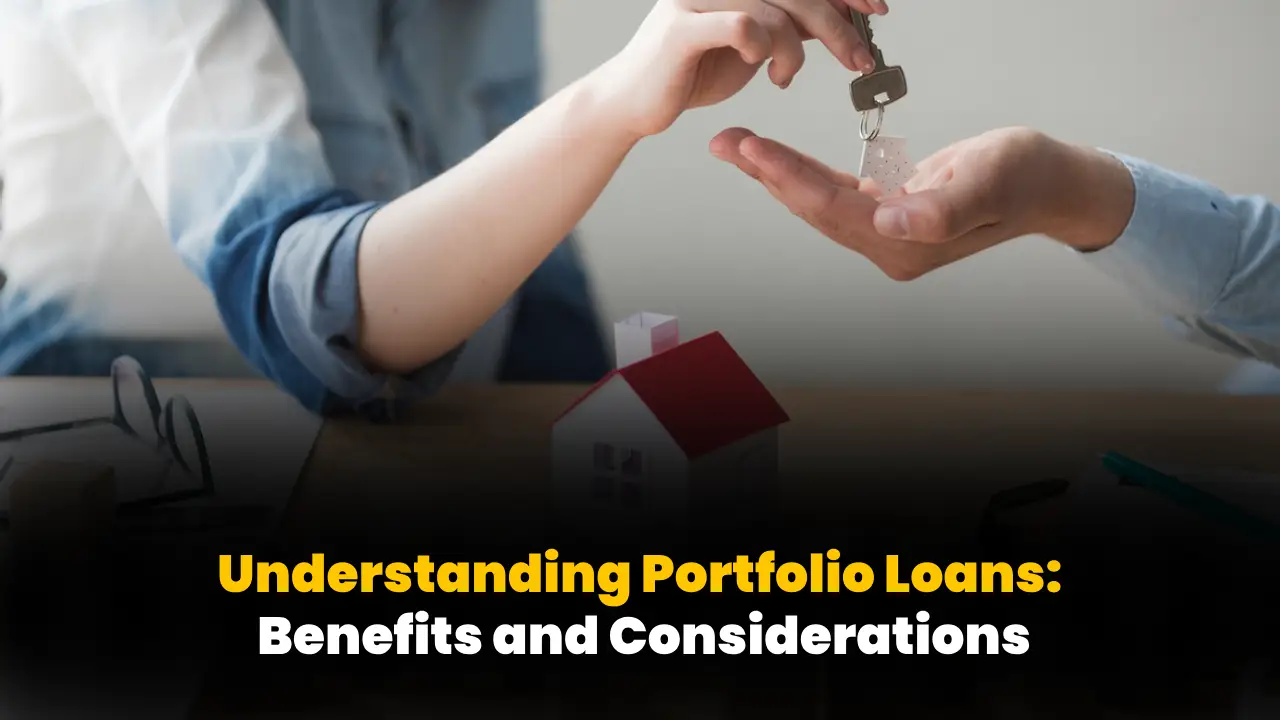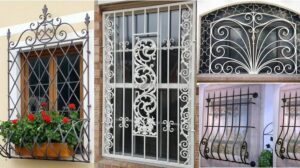Heading: Exploring Non-Owner-Occupied Mortgages: A Comprehensive Guide
Introduction
When it comes to real estate investments, one of the key considerations is financing. Non-owner-occupied mortgages play a pivotal role in enabling individuals to invest in properties beyond their primary residences. These mortgages are designed for properties that the owner does not inhabit as their primary home, such as rental properties or vacation homes. This article delves into the intricacies of non-owner-occupied mortgages, shedding light on interest rates, their determinants, and frequently asked questions.
Non-Owner-Occupied Mortgages: A Brief Overview
Non-owner-occupied mortgages, also known as investment property mortgages or rental property mortgages, cater to individuals seeking to purchase properties for investment purposes. These properties are intended to generate rental income or appreciate in value over time. Unlike conventional owner-occupied mortgages, where interest rates are typically lower due to the lower risk involved, non-owner-occupied mortgages are associated with slightly higher interest rates due to the increased risk for lenders.
Interest Rates and Determinants
Interest Rate Basics
Interest rates are a crucial factor in determining the cost of borrowing for a non-owner-occupied mortgage. They have a direct impact on monthly mortgage payments and the overall cost of the investment. Generally, interest rates for non-owner-occupied mortgages are higher than those for owner-occupied properties due to the perceived risk associated with investment properties.
Determinants of Interest Rates
1.Loan-to-Value (LTV) Ratio: The LTV ratio represents the loan amount as a percentage of the property’s value. A lower LTV ratio indicates less risk for the lender, which can lead to more favorable interest rates.
2.Credit Score: A higher credit score signifies lower credit risk, often resulting in better interest rates. Lenders assess the borrower’s creditworthiness to determine the appropriate rate.
3. Property Type: The type of property being financed matters. Lenders might offer different rates for single-family homes, multi-unit properties, and commercial properties.
4.Market Conditions: Interest rates are influenced by broader economic factors, including inflation, the overall housing market, and the Federal Reserve’s monetary policy.
5. Rental Income: Lenders may consider the property’s potential rental income. Higher projected rental income could lead to more favorable rates.
Owner occupied vs non owner occupied taxes
here are some of the differences between owner occupied and non-owner occupied taxes:
- Property taxes: Owner occupied properties are typically taxed at a lower rate than non-owner occupied properties. This is because owner occupied properties are considered to be more beneficial to the community.
- Income taxes: Owner occupied properties can be used to claim a deduction for mortgage interest and property taxes. Non-owner occupied properties cannot claim these deductions.
- Capital gains taxes: When an owner occupied property is sold, the homeowner is typically exempt from capital gains taxes on the first $250,000 of profit. Non-owner occupied properties do not have this exemption.
It is important to note that these are just general differences, and the specific tax implications of owning an owner occupied or non-owner occupied property will vary depending on the individual’s circumstances and the tax laws of the state in which the property is located. It is always best to consult with a tax advisor to get specific information about the tax implications of owning a property.
Non owner occupied mortgage down payment?
here are some things to know about non-owner occupied mortgage down payments:
- Lenders typically require a larger down payment for non-owner occupied loans, typically 20% to 30%. This is because lenders view non-owner occupied properties as riskier investments, as the borrower is not living in the property and may not be as motivated to maintain it.
- There are some exceptions to the 20% down payment requirement. For example, some lenders may allow a down payment of 10% if the borrower has a high credit score and a low debt-to-income ratio.
- Non-owner occupied loans may also have higher interest rates than owner-occupied loans. This is because lenders are charging a premium for the increased risk.
- It is important to shop around for a non-owner occupied mortgage loan. Different lenders have different requirements and interest rates, so it is important to compare your options before you choose a lender.
It is important to note that these are just general guidelines, and the specific down payment requirements for a non-owner occupied mortgage will vary depending on the lender and the property. It is always best to speak with a lender to get specific information about their down payment requirements.
Read More: USDA Loans vs. Traditional Loans: Making an Informed Choice for Your Financial Needs
FAQs: Non-Owner-Occupied Mortgages and Interest Rates
Why are interest rates higher for non-owner-occupied properties?
Interest rates are higher for non-owner-occupied properties due to the perceived higher risk for lenders. Investors might prioritize their primary residence payments over investment property payments in times of financial stress, leading to increased default risk.
Can I use rental income to qualify for the mortgage?
Yes, many lenders allow rental income to be factored into the borrower’s income for mortgage qualification. However, they often require a history of rental income and might consider a percentage of the total rental income to account for potential vacancies or fluctuations.
How can I improve my chances of securing a favorable interest rate?
Maintain a strong credit score, provide a larger down payment, and carefully research the market to determine the property’s income potential. Additionally, comparing offers from different lenders can help you find the best rate.
Are adjustable-rate mortgages (ARMs) available for non-owner-occupied properties?
Yes, ARMs are available for non-owner-occupied properties. However, they come with the risk of interest rate fluctuations, which could impact your investment strategy.
What role does the property’s location play in interest rates?
The property’s location can influence interest rates, as properties in thriving or stable real estate markets might pose less risk to lenders. Properties in areas with uncertain market conditions could lead to higher rates.
What is a non occupied owner?
A non-occupied owner is someone who owns a property but does not live in it. This type of property is often referred to as an investment property, and it is typically rented out to tenants. Non-occupied owners are subject to different tax laws and lending requirements than owner-occupied owners.
Here are some other terms that are related to non-occupied owners:
- Non-owner occupied loan: A loan that is used to purchase an investment property.
- Non-owner occupied mortgage: A mortgage that is used to finance the purchase of an investment property.
- Non-occupancy charges: Fees that are charged by some housing associations to non-occupied owners.
How do I qualify for a non owner occupied mortgage?
here are the basic requirements for qualifying for a non-owner occupied mortgage:
- Applicants must have a credit score of at least 620.
- Applicants must have a debt-to-income ratio (DTI) of no more than 50%.
- Applicants must have a down payment of at least 20%.
- Applicants must have at least two years of verifiable rental income.
- Applicants must have a property management plan in place.
It is important to note that these are just basic requirements, and individual lenders may have different requirements. It is always best to speak with a lender to get specific information about their non-owner occupied mortgage requirements.
Here are some additional tips for qualifying for a non-owner occupied mortgage:
- Get pre-approved for a mortgage before you start shopping for properties. This will give you an idea of how much you can afford and will make the buying process go more smoothly.
- Get a good real estate agent who specializes in investment properties. They will be able to help you find the right property and negotiate the best price.
- Make sure you have a solid financial plan in place. This includes having enough money saved for a down payment, closing costs, and unexpected expenses.
- Be prepared to answer questions about your rental experience and your plans for the property. Lenders want to make sure that you are a responsible investor who will be able to manage the property successfully.
Read More: USDA Loans vs. Conventional Loans: Unveiling the Differences
Conclusion
Non-owner-occupied mortgages offer investors a pathway to generate income and build wealth through real estate. Interest rates for these mortgages are influenced by various factors, including the borrower’s creditworthiness, property details, and prevailing market conditions. By understanding the intricacies of non-owner-occupied mortgages and the dynamics of interest rates, investors can make informed decisions that align with their investment goals. Always remember that thorough research and consultation with financial experts are essential steps in navigating the world of non-owner-occupied mortgages.







